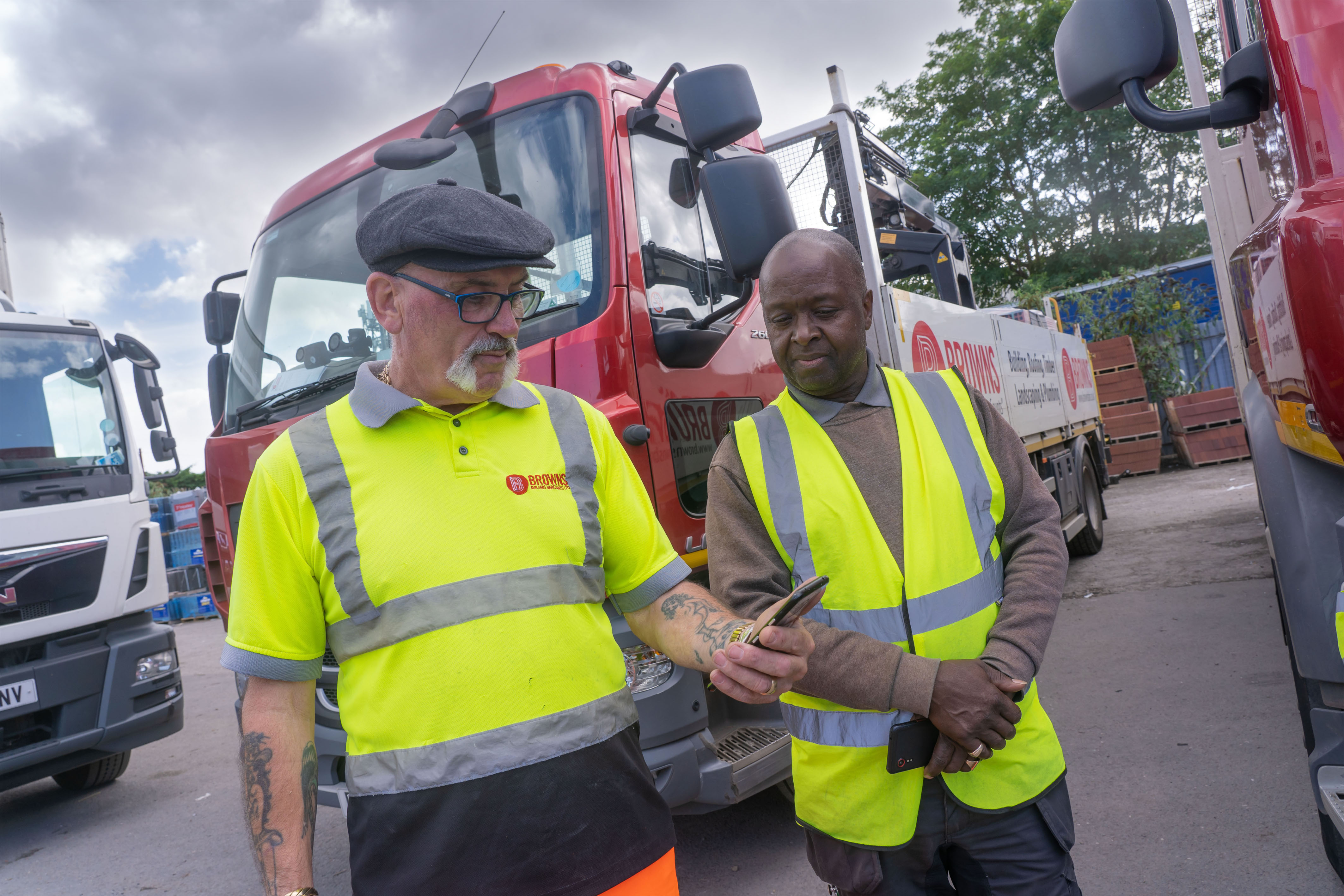How to Win Over Customers in the Building Supplies Market

The building supplies sector is more reliant than most on deliveries. Too many items are just too bulky or awkward to pick up at the merchants. And if you’ve got to get some things delivered then why not get everything delivered? So, your local builder doesn’t need to pick up so much these days and as a result we’ve seen a boom in delivery services. It’s not just about sand, cement and boxes of nails; those electrical and plumbing trade counters have also been joining the delivery game.
Deliveries are therefore increasingly important but they bring real challenges especially as customer demands and expectations have changed a lot in recent years. The whole idea of delivery services began during the postal services strikes in the 1970’s when same day courier companies sprung up. Then we saw the growth of next day B2B parcel services in the 1990’s followed by the boom in home deliveries in the new Millenium.
What was clear from the boom in catalogue and online channels was that the companies relied on third parties to deliver. Customers no longer popped in for a chat at the local store. Instead, they’d be seeing their local delivery drivers a lot more. The ‘customer experience’ dynamic changed and customer service and delivery services became forever interlinked.
The pressure was on for the couriers; the reputation of the retailer was at stake. Amazon even started their own nationwide delivery service at enormous cost but they wanted control of customer service.
One thing the delivery service providers did was invest in technology. It was the one thing that could give them a competitive edge and the driving force was customer service.
Back in the 1980’s we saw wide adoption of barcodes and US firm Handheld Products equipped carrier Federal Express (Fedex) with Micro-Wand, a portable data collection device. And so began the first proof of delivery system for package tracking. Then in the 1990’s UPS started tracking packages electronically with its Delivery Information Acquisition Device (DIAD) – a cumbersome device but it had a big screen and was the first to enable signature-capture on glass.
For those in the building supplies world the growth of national online suppliers was also becoming a threat, although the industry was protected to an extent by the need to supply locally sourced bulky materials. However, suppliers needed to get their delivery act together.
Proof-of-delivery has been, and remains, the cornerstone of customer service. Implementing advanced electronic tracking and POD had traditionally been very costly, and cumbersome to implement. However, here at Podfather we changed that when we developed an affordable and accessible ePOD solution that’s suitable for everyone whether your fleet is just two vehicles or hundreds.
Podfather provides a simple-to-use driver app, with sign-on-glass replacing paper delivery dockets or tickets. Drivers receive their delivery jobs on their mobile device and then use it to record their deliveries. Your drivers can use the app to take photographs; they can show the load was secure before departure and then show the delivery neatly stacked at the drop off point, with Haib crane properly stowed.
Podfather tracks as well so the office can see exactly where a driver is and whether the delivery is going to be on time. If there is a delay, customers can be informed and the ETA updated. It’s another customer service benefit and customers can even be provided with a live tracking link so they can see the current location of the delivery vehicle.
The proof of delivery transmits in real time back to the office and your customers can receive immediate email notifications, and texts if required. It’s all completely automatic. The delivery GPS location and time is automatically recorded with the signed proof of delivery, and the photos. That means no more customers on the phone asking where their delivery is!
Podfather isn’t just about ePOD either. It automates many other tasks. Drivers for example can use their device to do their vehicle checks, navigate and receive messages. Back in the office, Podfather can automate the routing and scheduling of your deliveries. It’s all completely seamless and the software is designed to easily integrate with other systems such as stock management, ERP and central accounting systems.
The customer service benefits are clear to see amongst those that are using Podfather, as Edward Parlato, Branch Manager at Browns Builders Merchants in Derby explains.
“The number and nature of our deliveries changed, with more orders from members of the public, and the type of service that they wanted changed, with a more ‘Amazon’ experience expected as the norm. With Podfather our fleet utilisation is much higher, with less downtime and fewer trips back to depot, and our customer interactions are more informed.
We have fewer calls from customers with queries and those we do have can be answered at first point of contact. Ideally, we’d like to get to the point where every call we take is a sales call and complaints are a thing of the past.”
Jake Dowson, IT Development Manager at GRP building components firm Stormking, also comments on how Podfather has been crucial to improving customer service.
“The benefits of having Podfather are far-reaching – from our internal teams for whom processes are so much faster, to our customers who are really liking the ETA notifications that we now provide. Add in the efficiency savings we are making as a result and it’s easy to see that this really has been a great investment for our business.”


